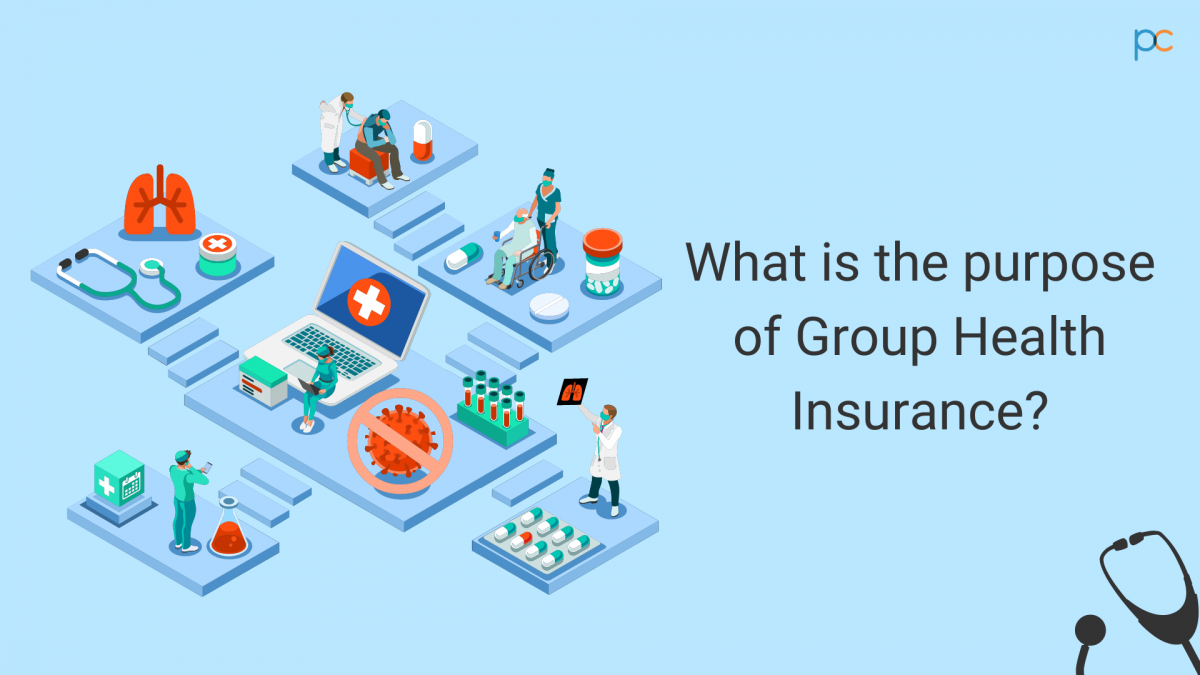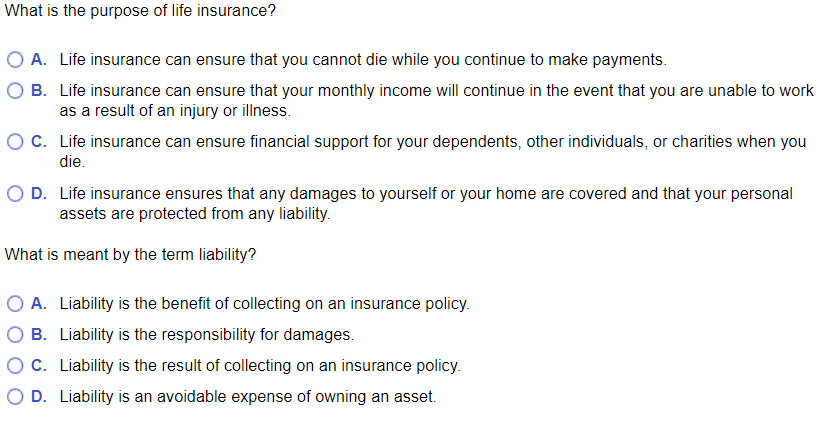Pacific Prime Fundamentals Explained
Pacific Prime Fundamentals Explained
Blog Article
Rumored Buzz on Pacific Prime
Table of ContentsFascination About Pacific Prime3 Easy Facts About Pacific Prime ExplainedExcitement About Pacific PrimeNot known Facts About Pacific PrimeEverything about Pacific Prime

This is since the information were collected for a duration of solid financial performance. Of the estimated 42 million individuals that were without insurance, all but regarding 420,000 (regarding 1 percent) were under 65 years old, the age at which most Americans become qualified for Medicare; 32 million were adults between ages 18 and 65, around 19 percent of all adults in this age; and 10 million were youngsters under 18 years old, about 13.9 percent of all kids (Mills, 2000).
These price quotes of the variety of persons without insurance are created from the annual March Supplement to the Existing Population Study (CPS), performed by the Demographics Bureau. Unless otherwise noted, nationwide estimates of individuals without medical insurance and percentages of the populace with various kinds of insurance coverage are based upon the CPS, one of the most widely utilized source of estimates of insurance coverage and uninsurance prices.
What Does Pacific Prime Do?

Still, the CPS is especially helpful since it generates annual estimates relatively rapidly, reporting the previous year's insurance protection estimates each September, and due to the fact that it is the basis for a regular collection of quotes for even more than two decades, enabling evaluation of fads in coverage gradually. For these reasons, along with the substantial usage of the CPS in other research studies of insurance policy coverage that are presented in this record, we count on CPS estimates, with constraints noted.

The estimate of the number of without insurance individuals expands when a populace's insurance policy condition is tracked for numerous years. Over a three-year period starting early in 1993, 72 million individuals, 29 percent of the united state populace, lacked coverage for a minimum of one month. Within a solitary year (1994 ), 53 million people experienced at the very least a month without insurance coverage (Bennefield, 1998a)
Six out of every 10 without insurance grownups are themselves employed. Although working does enhance the possibility that one and one's relative will certainly have insurance, it is not an assurance. Also participants of households with two full time breadwinner have virtually a one-in-ten possibility of being without insurance (9.1 percent without insurance rate) (Hoffman and Pohl, 2000).
The 3-Minute Rule for Pacific Prime
New immigrants account for a go now considerable proportion of individuals without health insurance coverage. One evaluation has connected a considerable part of the recent growth in the size of the U.S. without insurance population to immigrants that got here in the country in between 1994 and 1998 (Camarota and Edwards, 2000). Current immigrants (those that pertained to the United States within the past four years) do have a high price of being without insurance (46 percent), yet they and their youngsters account for just 6 percent of those without insurance policy nationally (Holahan et al., 2001).
The relationship between medical insurance and access to care is well established, as recorded later in this phase. The partnership in between health and wellness insurance and health results is neither straight nor straightforward, an extensive medical and wellness services research study literary works web links health and wellness insurance protection to better accessibility to care, far better quality, and boosted personal and population wellness status.
Degrees of evaluation for examining the effects of uninsurance. This conversation of medical insurance protection focuses primarily on the united state populace under age 65 because essentially all Americans 65 and older have Medicare or other public insurance coverage. Furthermore, it concentrates specifically on those without any kind of medical insurance for any kind of size of time.
The Best Guide To Pacific Prime
The troubles dealt with by the underinsured are in some respects comparable to those dealt with by the without insurance, although they are normally less severe. maternity insurance for expats. Uninsurance and underinsurance, nonetheless, involve clearly various policy issues, and the methods for addressing them might vary. Throughout this research and the five records to adhere to, the major emphasis is on individuals without any health and wellness insurance policy and hence no support in spending for healthcare past what is offered through charity and security web institutions
Medical insurance is an effective variable impacting receipt of care since both people and medical professionals reply to the out-of-pocket cost of solutions - https://ameblo.jp/pacificpr1me/entry-12846866195.html. Health insurance, nevertheless, is neither required nor enough to get to clinical solutions. The independent and direct result of health and wellness insurance coverage on access to health services is well developed.
Others will certainly acquire the wellness treatment they need also without health insurance coverage, by spending for it expense or seeking it from companies that provide treatment free or at highly subsidized prices. For still others, medical insurance alone does not guarantee receipt of care because of various other nonfinancial obstacles, such as a lack of health treatment companies in their community, limited accessibility to transport, illiteracy, or linguistic and cultural distinctions.
What Does Pacific Prime Mean?
Formal research study about uninsured populaces in the United States dates to the late 1920s and very early 1930s when the Board on the Cost of Medical Treatment created a series of records regarding financing physician office check outs and hospital stays. This problem became salient as the varieties of medically indigent climbed during the Great Anxiety.
Report this page